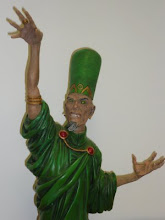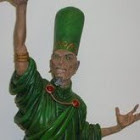
An enjoyable and twisty spy story. The plot for this story is reasonably straightforward, there are large illegal currency exchanges taking place where Russian roubles are exchanged for US dollars. There are a lot of different groups with an interest in these transactions besides those directly involved in the transfers. One of the transfers goes violently wrong and the money goes missing, this brings pressure on all the groups to locate it and escalating violence. As the introductory story this has a great deal of exposition in it as the various groups explain who they are and how they fit into the unfolding events. This acts as a bit of a drag on the story as you really need to know how everyone is to make sense of the action,when the action takes place is well done and fluid.
The central female character, Assia Donkova, is well thought out and a strong presence in the book. She is centrally involved in the mechanics of the plot, she has been deceived as to the true meaning of her actions by her husband. She is the only member of the cast not to have a secret agenda and instead of making her foolish or naive, it makes her straightforward and likable. All the rest of the cast have a much clearer knowledge of the real intent behind the money exchanges and have plans for the money. They are all either gangsters or spys, they all have violence and deceit in common. While the plot mechanics are a bit clumsy, the reveals are not smoothly managed or timed, there is enough momentum created to forgive this and to go with the flow. There has been enough done in this volume to create interest in how it will play out further. The art is crisp and detailed, the cast are clearly differentiated and the page layouts are variable and dynamic, they are a very strong element in the book. The cover art is not remotely reflective of the interior art.

























